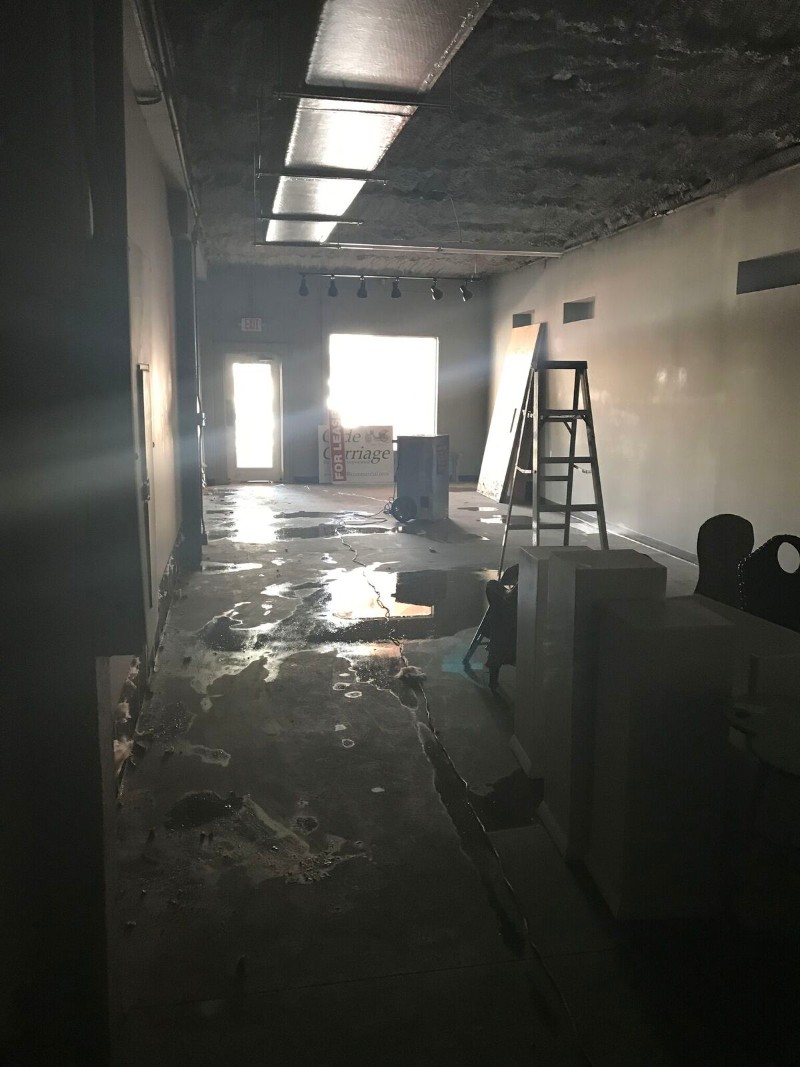7 Warning Signs You Need Attic Mold Cleanup Philadelphia Homeowners Should Never Ignore
Attic mold is one of those hidden problems that quietly eats away at your home’s structure, air quality, and resale value. In a city like Philadelphia—where humidity, aging roofs, and temperature swings are common—attic mold spreads fast if left untreated. Recognizing the early signs can save you thousands in repairs. Here are seven warning signs that mean it’s time to call for professional attic mold cleanup Philadelphia services.
Call Now for Free Estimate:
CALL NOW1. Musty Odors Coming from the Attic
If you smell a persistent earthy or musty odor upstairs, it’s often the first indicator of hidden mold. This smell intensifies after rain or high humidity days. Since attic spaces have poor ventilation, moisture lingers—creating the perfect environment for mold colonies to thrive.
2. Dark Stains or Discoloration on Rafters and Sheathing
Dark spots on wood, insulation, or drywall typically mean fungal growth. Mold on attic sheathing often begins around roof leaks, vents, or nail penetrations. Left unchecked, it can weaken wood and compromise the roof’s structure, making attic mold cleanup Philadelphia critical.
3. Peeling Paint or Bubbling Ceiling Below the Attic
When you see paint bubbling or drywall sagging on the upper floor ceiling, it’s often a sign of attic moisture. Condensation or roof leaks can seep downward, leading to both visible damage and invisible mold growth.
4. Increased Allergy or Respiratory Symptoms
If you or your family members experience coughing, congestion, or itchy eyes that worsen at home, airborne mold spores could be circulating through your HVAC system. Since attics often vent directly into ductwork, contamination can spread easily throughout your living areas.
5. Roof Leaks or Poor Ventilation
Philadelphia’s older homes often have aging shingles and blocked soffit vents. Both lead to trapped humid air. Poor ventilation causes condensation buildup in winter and high humidity in summer—conditions that guarantee mold growth. Proper air exchange and insulation are essential to long-term prevention.
6. Wet or Compressed Insulation
Insulation that feels damp or heavy has likely absorbed moisture from a leak or condensation. Mold can grow inside insulation fibers and spread unseen across the attic floor. In such cases, professional removal and replacement are often required to restore air safety.
7. Visible Mold Growth on Wood or Drywall
Once mold becomes visible, it’s already widespread. Black, green, or white fuzzy patches on wood beams, joists, or walls mean active fungal growth. DIY cleaning only masks the issue temporarily. Certified professionals use HEPA filtration, containment barriers, and antimicrobial treatments to remove contamination completely.
What to Do if You Notice These Signs
Attic mold spreads quickly, especially in Philadelphia’s humid climate. Early professional inspection can prevent costly structural repairs and protect indoor air quality. Never attempt large-scale attic cleaning without containment and proper safety gear—disturbing spores can worsen contamination. Instead, contact a certified attic mold cleanup Philadelphia specialist like PuroClean for safe removal, moisture source correction, and full air-quality restoration.
Call Now for Free Estimate:
CALL NOWWhy Choose PuroClean for Attic Mold Cleanup in Philadelphia
- Certified Technicians: IICRC-trained for mold remediation and moisture control.
- Advanced HEPA Filtration: Removes airborne spores safely and efficiently.
- Complete Restoration: From inspection to post-cleanup verification.
- 24/7 Response: Emergency service when you need it most.
Don’t ignore the warning signs. Whether it’s roof leaks, poor ventilation, or
